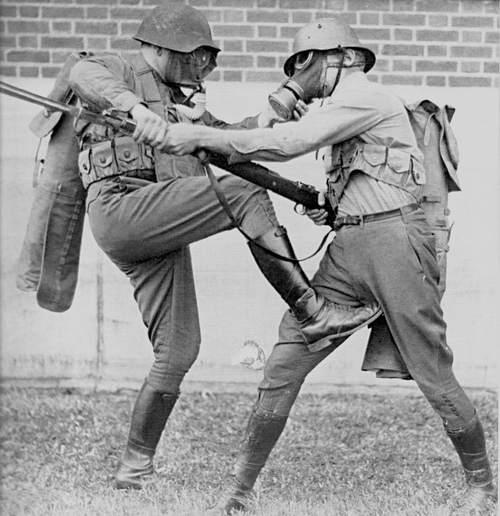MJP
Army.ca Fixture
- Reaction score
- 3,901
- Points
- 1,260
OldTanker said:Not wanting to violate any OPSEC issues at all, but I'm wondering how the use and integration of the Chinooks is coming. Is 450 Sqn still doing acceptance and training or are the Chinooks being used by the brigades? Are they being used for troop movement or logistics? I'm just thinking back to the days when we had seven flying and have wondered how we would keep 15 gainfully employed. I'm sure they are an excellent resource to have, just an old soldier being curious and wondering what we are doing with them. Thanks if anyone can help.
We had a few out at 1 CMBG a few weeks back and wll have some for this year's iteration of MAPLE RESOLVE. They looked good!



